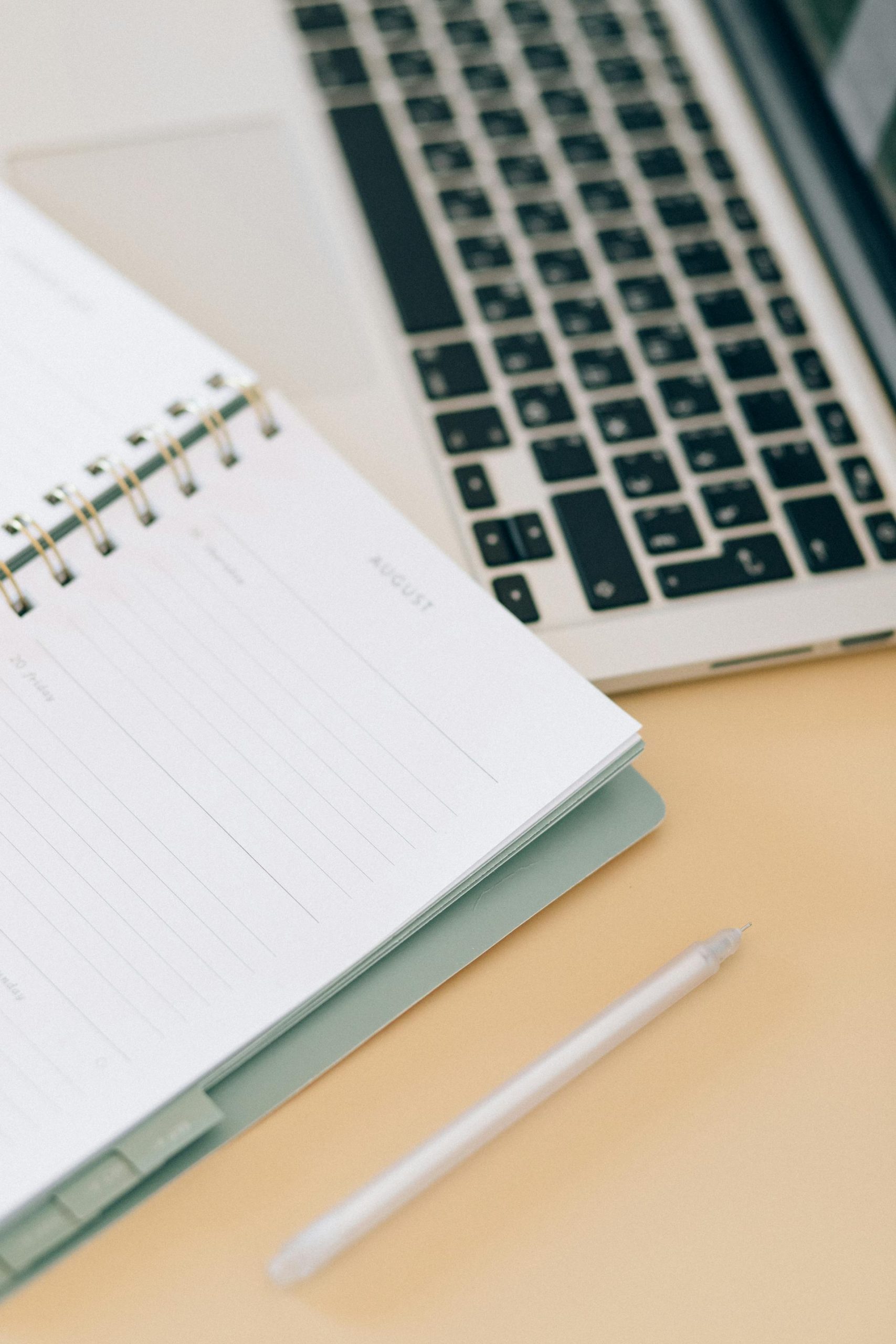
Planning your expenses
We now come to the core of running a household budget, namely financial planning.
The purpose of keeping a household budget is not just to record our income and expenditure, but precisely to set ourselves a plan for the next month or so and to stick to that plan.
The decision to keep a household budget is usually driven by a desire to change the current situation and achieve a financial goal, such as fulfilling a dream, getting out of debt or preparing for an upcoming big expense.



To effectively plan and achieve your goals, be prepared with the following steps:
- Planning: Imagine achieving your goal, set a realistic target, make a good estimate of the cost and time to achieve it. Remember to make your goals SMART: Specific, Measurable, Achievable, Realistic and Timely.
- Determination to act: Don’t be swayed from your planned path, don’t sabotage your actions, believe in your strengths and never lose motivation to act.
- Systematic: Systematic action is the key to success. Set yourself a time during the week when you deal solely with your finances, analysing your budget and planning your next steps.
- Flexibility: Give yourself permission to make mistakes and fail. Various situations happen in life that require us to be flexible. Learn from your stumbles, don’t stop, don’t abandon your goal and keep going.
When we don’t keep a household budget, we generally don’t plan most of our expenses either. Of course, we try to be mindful of our monthly bills, for some we have direct debits set up within our bank account. On the other hand, when it comes to everyday expenses such as groceries, chemicals, transport, we simply spend the money we have in our account, in cash, use a debit card or, in a more sub-critical situation, a credit card. If money runs out, we stop or cut back on spending and wait for the next inflow, often going into debt in the meantime. Keeping a household budget will allow us to plan our spending; with a budget we will know exactly how much we can spend.
Our first approach to keeping a household budget is to write down all our income and expenditure for the month. If we do this conscientiously, we will already have a clear picture of our finances in the first month, whereas if, for example, we hit a month where there was a holiday, large unplanned expenses happened, the result can scare us and a negative balance can temporarily discourage us. The most important thing is not to lose motivation and to watch your finances for at least three months. One quarter of keeping a household budget gives us a picture of our finances and allows us to make the first changes and already consciously plan for upcoming expenses.
To make sure we write down the income side of things holistically, we suggest asking ourselves the following questions:
- What size of fixed salary did all household members receive last month?
- What social benefits did the household receive (e.g. 800+, permanent allowance, periodical allowance, purpose allowance, family benefits, housing allowances, energy allowances, allowances or other benefits)?
- Did we receive bonuses, bonuses or other monetary allowances in the previous month?
- Did we receive remuneration for carrying out additional assignments in the previous month?
- Did we manage to sell something in the previous month and thus earn extra money?
- Did we receive any financial gift in the previous month?
Looking at the expense side, the expense categories that will be in every household budget are:
- Standing charges and bills
- Groceries and chemicals
- Transport
- Education
The above categories are the essence of a household budget. Without these expenses, it is difficult to survive the month. It is possible to forgo spending on culture or clothing in a given month. However, it is difficult to imagine in our daily budget not spending on fees, food or education if we have school-age children.
In addition to the four basic categories, our budget can have any categories, for example: car, clothes, culture, gifts, etc. The choice of categories is voluntary and depends solely on our lifestyle.
Tip: It is the budget that is supposed to fit our lives, not us to fit the budget indicated by someone else.
On a monthly, or more fully quarterly, basis, the challenge is presented to us – to plan the next month’s expenditure. There’s a new, unwritten card in front of us and another month. Let’s try to review our budget and look for savings.
To consider when planning next months’ expenses:
What big expenses are we facing in the coming month?
As we sit down to plan for the next month, it is worth looking at the calendar. What month or quarter lies ahead? Are we facing a holiday and not even thinking about saving? Or do we have a family celebration, a christening or a wedding? Then it’s worth planning the amount we’re spending on the event right away and… sticking firmly to the budget.
Fees. Can we find savings?
Let’s take a look at our regular charges. Can we reduce our TV or internet subscription? Let’s look for different ways to pay less. Even if we only save PLN 10, it is worth calculating the savings annually. When we sign a contract for a subscription for 2 years, a reduction of 20 PLN gives us savings of 240 PLN per year, and in two years it’s already 480 PLN. Is it worth reaching for such money? Definitely yes!
Budget flexibility.
Budget flexibility is nothing more than the moving funds that remain after the charges. So if we spend more than half of our income on bills, we should do something about it. There are two ways to do this. Way number 1: reduce spending. We look for savings in subscriptions (sometimes we even give them up) and negotiate credits. Way number 2: we look for additional income. Preferably a permanent one. If we can’t reduce our charges, we try to increase our income so that we can have more funds.
Consistency.
Running a budget is not a one-day adventure. We need to change the entire operating system in our household. Build new habits and abandon old habits. Consistency and persistence will help us a lot in this. Even if we happen to buy this and that of unplanned items, we can always go back to the plan.
Another way to plan your spending:
Harv Eker’s 6 accounts The aforementioned T. Harv Eker, in his book “Rich or poor – just mentally different”, proposed the 6 accounts method – popularly known as the 6 jar method. In this method of spending planning, we have a predetermined percentage of the 6 categories in our budget. The idea is to divide every zloty earned (every receipt of money) into 6 parts and allocate them to specific purposes. This can be done physically (6 envelopes/cash jars) or virtually (6 sub-accounts in the bank).
Harv Eker’s 6 jar method
- Fixed fees (55%):
Money to cover daily living costs, including bills, food, transport. - Larger purchases (10%):
Money for larger purchases, e.g. holidays, renovations, car, etc. - Education (10%):
Money for education and development e.g. training, courses, workshops, books. Such an investment in our personal development. - Investments (10%):
Funds accumulated for the future. We do not take money out of this account, instead we can put it in the bank to work. - Pleasures (10%):
Money for our pleasures, such as shopping, going out to dinner or the cinema. - Account for others (5%):
Money for charity, name day or birthday celebrations, wedding gifts.
The 6 jar method by T. Harv Eker’s 6 jar method is a popular tool to help you get your finances in order and develop healthy habits. However, it is worth bearing in mind that the proportions given in it (55% for fixed fees) can be difficult to achieve, especially for people who live in areas with a high cost of living.
In such regions, where the price of renting a flat, bills or transport costs are very high, basic expenses (fixed charges) can consume much more than 55% of monthly income. In this situation, applying rigid percentage rules becomes impossible and can lead to frustration rather than help.
Therefore, instead of treating this method as a rigid scheme, it is better to treat it as an inspiration. You can adapt the percentages of each ‘jar’ to your own financial realities and goals. The key is not to stick to exact numbers, but the very idea of consciously allocating money for different purposes.